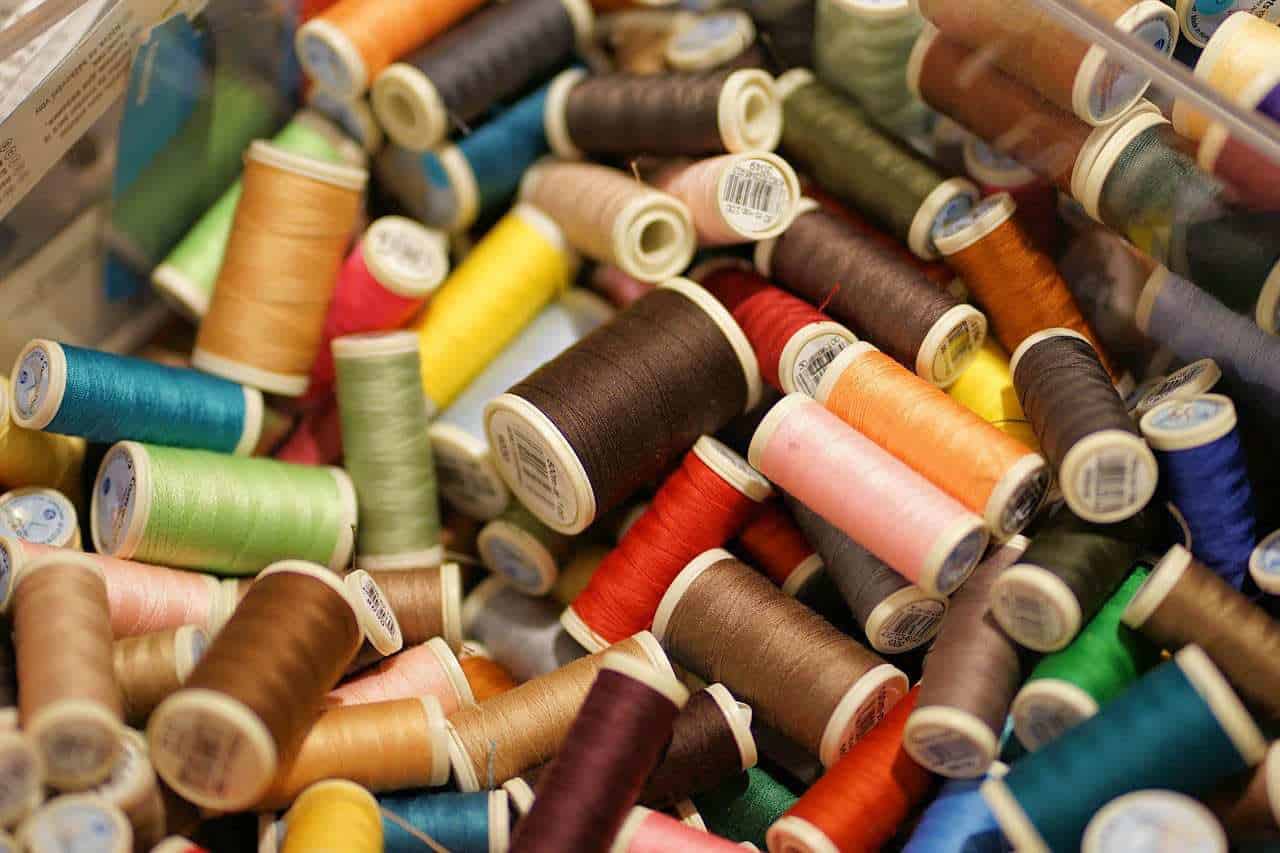A linear foreign body is a long thin object such as a piece of string that the cat has ingested. This type of foreign body is particularly dangerous because of the potential to cause obstruction and trauma to the gastrointestinal tract.
When a cat ingests a linear foreign object, one end lodges at the base of the tongue or the pylorus (the exit from the stomach into the small intestine). Peristalsis (wave-like contractions) propel the free end along the GI tract but because the object is anchored and cannot move the GI tract creeps up the trailing part and becomes plicated (folded).

Another complication can develop if the linear foreign body becomes embedded in the intestinal wall, which allows the contents to spill into the abdomen which can cause inflammation of the abdominal lining (peritonitis) as well as bacterial contamination (sepsis).
There is no breed or sex predilection; kittens may be at increased risk due to their propensity to explore objects with their mouth.
Common linear foreign bodies
- String
- Wool
- Christmas tinsel and lametta
- Easter grass
- Carpet
- Hair ties
- Rubber bands
- Dental floss
- Sewing thread
Symptoms
The most common symptom of an ingested foreign object is intermittent or persistent vomiting. Symptoms can vary depending on the location. Persistent vomiting is more common in obstructions higher up the GI tract; this can lead to dehydration and electrolyte imbalances.
- Abdominal pain
- Loss of appetite
- Drooling
- Lethargy
- Dehydration
- Diarrhea (which may contain blood)
- Weight loss
The linear object may protrude out of the anus, do not attempt to pull it out, as this can cause severe trauma to the gastrointestinal tract.
Diagnosis
The veterinarian will perform a complete physical examination and obtain a medical history from you.
During the exam, the veterinarian will palpate the abdomen which may reveal distended and bunched up intestines as well as discomfort. Approximately 50% of linear foreign bodies are tethered to the base of the tongue, which will be visible during the oral exam.
Diagnostic workup:
Baseline tests: Biochemical profile, complete blood count and urinalysis. May reveal dehydration, electrolyte imbalances and leukopenia (low white blood cell count)
Imaging studies: Xrays or ultrasound may not be able to pick up the linear foreign body if it is too slender, but will reveal classic plicated (pleated) intestines as well as gas bubbles which can become trapped in the pockets formed by the pleats. This provides the veterinarian with valuable information on the disease’s location.
Treatment
Treatment will vary depending on presenting symptoms.
Conservative treatment: If the ingestion was recent, the cat is asymptomatic, there is no plication of the intestines, and the linear foreign body is attached to the base of the tongue, the veterinarian may cut the foreign body from its attachment, and allow it to pass through the gastrointestinal tract and out of the body via the stool.
Surgical treatment: Fluid therapy and correction of electrolyte imbalances will be necessary before surgery.
- A general anesthetic will be administered, and the surgeon will release the anchored portion of the foreign body, which will be snipped if it is under the tongue.
- An incision is made through the abdominal wall (laparotomy), and if the object is lodged in the pylorus, the veterinarian will perform a gastrostomy (incision in the stomach) to free it from its anchor.
- An enterotomy follows (incision in the intestines) to remove the dislodged object. It may be necessary to make several enterotomies to remove it all safely.
- Damaged, perforated or necrotic tissue will be surgically removed, and the cut sections are re-connected (intestinal anastomosis).
Aftercare
The cat will remain in the hospital for several days so that veterinary staff can monitor their progress. During this time, the cat will receive fluids to prevent dehydration, painkillers, antibiotics and switch to a bland diet to help the GI tract return to normal motility.
Home care
Most cats will resume eating the following day, are well enough to go home three days post-surgery. The veterinarian will provide you with a discharge sheet, follow instructions and contact the surgery if you have any questions. Administer medications as prescribed.
- The cat will wear an Elizabethan collar during recovery to avoid trauma to the surgery site.
- Administer medications as prescribed.
- Confine the cat inside and avoid vigorous movements or exercise.
- Watch for signs of complications, such as redness or swelling, or the cat displays other symptoms such as loss of appetite, lethargy, vomiting, diarrhea, speak to your veterinarian.
The veterinarian will schedule a follow-up appointment 7-10 days post-surgery to check on the cat’s progress and remove stitches.
Outcome
The outcome is good for cats who receive prompt treatment and without complications such as a perforation which highlights the importance of quick veterinary intervention.
Prevention
Store linear objects out of reach of cats.
Inspect all cat toys and avoid any which have string-like parts that the cat can easily chew off and swallow.
Avoid tinsel, lametta and Easter grass if you have a cat in the home. These holiday decorations are a common cause of linear foreign body obstruction in cats.
If you do see your cat ingest a linear foreign body, seek veterinary advice, as the earlier the cat receives treatment, the better the outcome.

